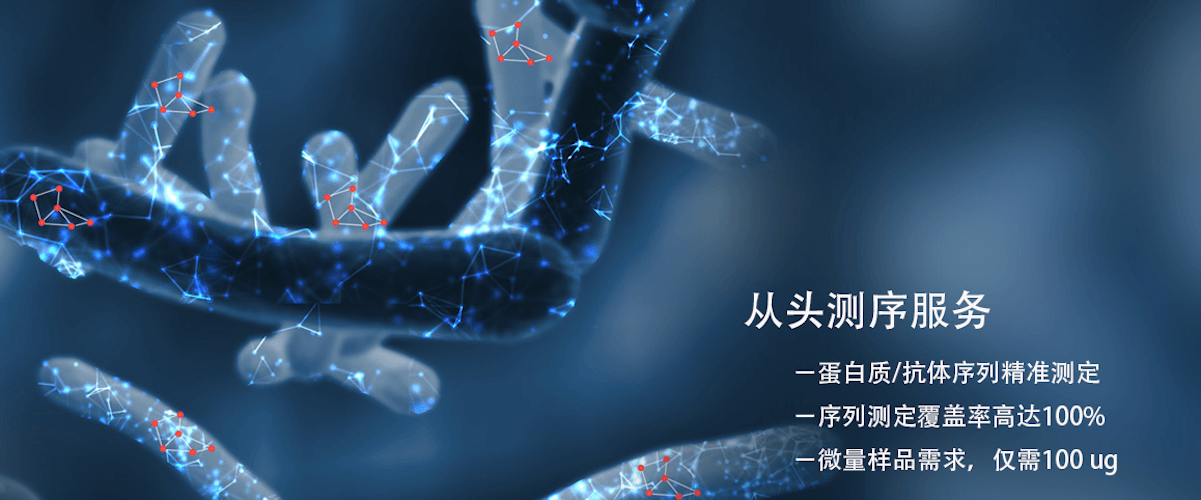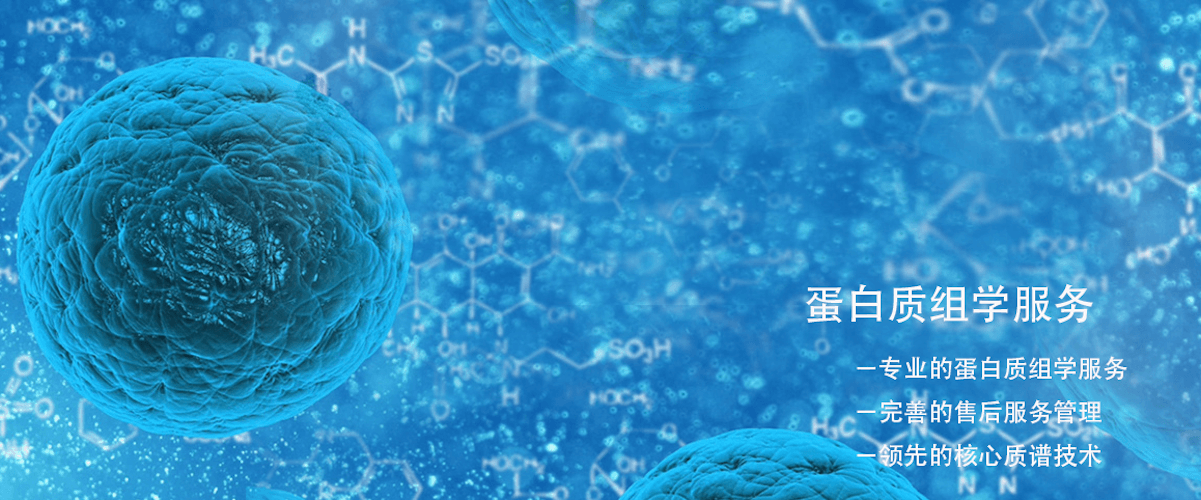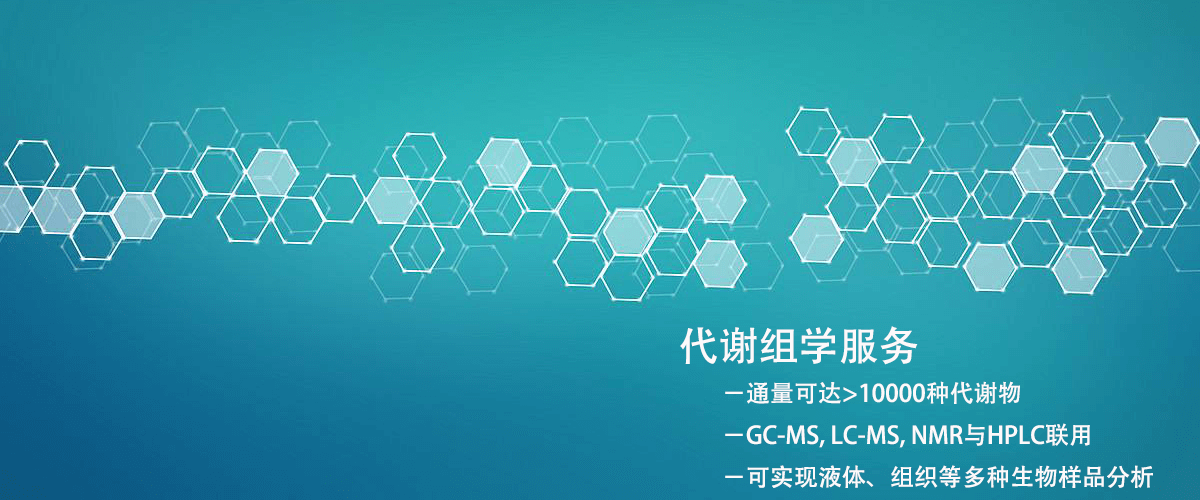Protein Relative Quantification
Protein relative quantification is a mass spectrometry-based quantification technique aimed at comparing the relative abundance of proteins in different samples, analyzing differences in protein expression under varying conditions, and revealing the role of proteins in biological processes. Common methods for protein relative quantification include SILAC (Stable Isotope Labeling by Amino acids in Cell culture), iTRAQ (Isobaric Tags for Relative and Absolute Quantitation), and TMT (Tandem Mass Tags), which achieve relative quantification of proteomes through steps like protein digestion, isotopic labeling, separation, and mass spectrometry detection.
Biotech company BTP provides protein relative quantification services based on Thermo Fisher's Orbitrap Exploris 240 mass spectrometry platform combined with nanoLC-MS/MS nanoliter chromatography, employing various relative quantification techniques such as isotopic labeling (e.g., SILAC, TMT, iTRAQ) and label-free methods (e.g., SWATH-MS, DDA) to accurately compare protein expression levels under different experimental conditions or biological samples, aiming to help customers quickly and accurately assess differences in protein expression levels and thereby reveal molecular mechanisms of biological processes, disease occurrence, and drug treatment.
BTP BiotechBTP BiotechProcess of Protein Relative QuantificationProcess
1. Sample Preparation:
Based on project requirements,using appropriate methodsto extract proteins from various biological samples, followed by purification and concentrationandquality assessment to ensure the samples meet experimental requirements.
2. Protein Digestion:
Select various enzymes todigest the purifiedtarget proteinsinto peptides for subsequent mass spectrometry analysis.
3. Isotopic Labeling:
Label peptides using isotopic labeling methods such as SILAC, iTRAQ, or TMT.
4. Peptide Separation:
Usehigh-performanceliquid chromatography (such as reversed-phase high-performance liquid chromatography, RP-HPLC) to separate peptides.
5. Mass Spectrometry Analysis:
Usehigh-resolutionmass spectrometers to detect and analyze the separated peptides, obtaining information such as mass and charge-to-mass ratio.and other mass spectrometry data.
6. Data Analysis:
Useprofessionalbioinformatics software to analyze mass spectrometry data, identify proteins and perform relative quantification analysis,compare protein expression differences under different conditions, and identify proteins with significant differences.
OurTechnical Advantages
1. High-throughput Data Acquisition:
Utilizing advancedOrbitrap Exploris 240mass spectrometry equipment, achieving high sensitivity and high-resolution protein detection, ensuring the rapid acquisition of a large amount of protein data.
2. Accurate Quantitative Analysis:
Utilize efficient data processing workflows and software for accurate and reliable quantitative analysis of protein expression levels.
3.High Sensitivity:
Features high sensitivity, capable of detecting low-abundance proteins.
4.Wide Applicability:
Applicable to various biological samples, including cells, tissues, and biological fluids, and can be used for studying various biological processes.
5. Customized Analysis Solutions:
Provide customized experimental design, sample processing, and data analysis services based on project requirements.
Main Applications of Protein Relative Quantification Technology
1. Gene Expression Regulation Research:
Study the effects of post-transcriptional regulation and post-translational modifications on gene expression by comparing protein expression differences under different conditions.
2. Signal Transduction Pathway Research:
Reveal the activation and inhibition mechanisms of signal transduction pathways through quantitative analysis of differences in protein expression of signaling molecules under different conditions.
3. Comparative Proteomics Research:
Explore genetic variation, evolutionary relationships, and functional differences within and between species by comparing protein expression differences across different species or subtypes.
4. Protein Interaction Network Research:
Reveal interactions between proteins and construct protein interaction networks by quantitatively analyzing protein expression differences and correlations.
5. Disease Diagnosis and Molecular Mechanism Research:
Identify potential disease-related biomarkers and deeply study the molecular mechanisms of disease occurrence by comparing protein expression differences between normal and pathological samples.
About Samples
|
Sample Types |
Cells |
Tissues |
Biological Fluids |
Purified Proteins |
|
Sample Quantity |
10^6-10^7 cells |
10-100 mg |
10-200 µl |
10-50 µg |
Bilingual Project Report
In the technical report, BTP will provide you with a detailed bilingual technical report in both Chinese and English, which includes:
1. Experimental Steps (in Chinese and English)
2. Relevant Mass Spectrometry Parameters (in Chinese and English)
3. Detailed Information on Protein Relative Quantification
4. Mass Spectrometry Images
5. Raw Data
One-stop Protein Relative Quantification Service
You only need to place an order and send samples
BTP's one-stop service includes: Sample Processing - Instrument Analysis - Data Analysis - Project Report
Related Services
Absolute Quantification Analysis (AQUA)
Quantitative Proteomics Analysis
Label-Free Quantitative Proteomics Analysis
Label-based Protein Quantification Technologies - iTRAQ, TMT, SILAC
TMT/iTRAQ/MultiNotch Quantitative Proteomics Analysis
TMT-based Proteomics Analysis
SILAC/Dimethyl Labeling-based Quantitative Proteomics Analysis
SWATH Quantitative Proteomics Service
DIA Quantitative Proteomics
2D-DIGE Quantitative Proteomics
Targeted Proteomics
MRM/PRM Quantitative Proteomics Analysis
How to order?





